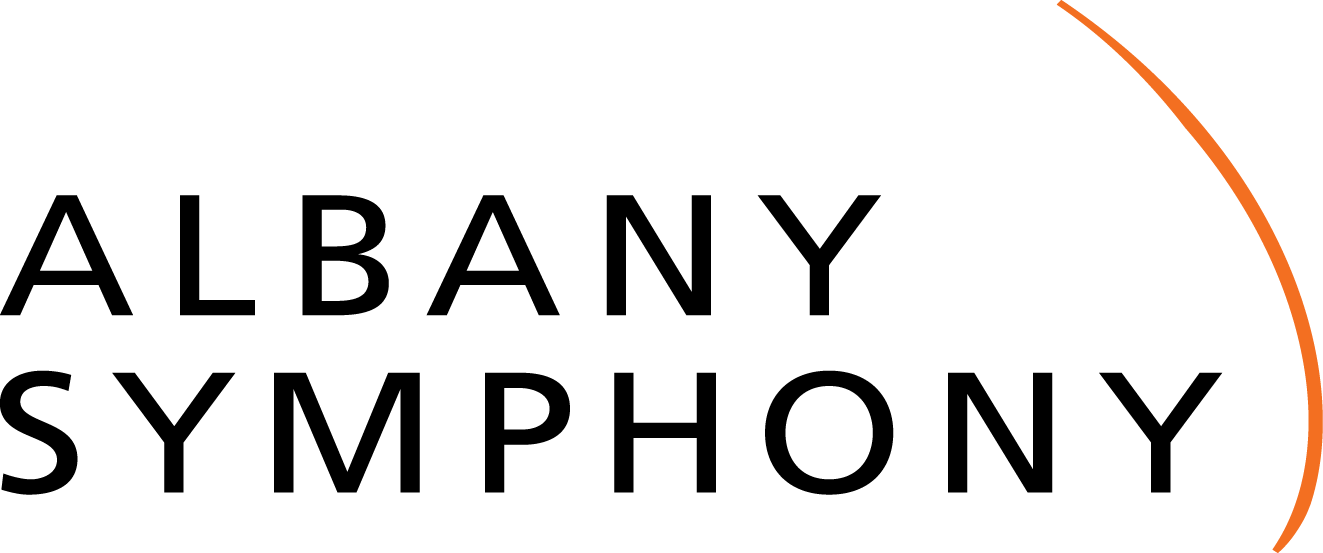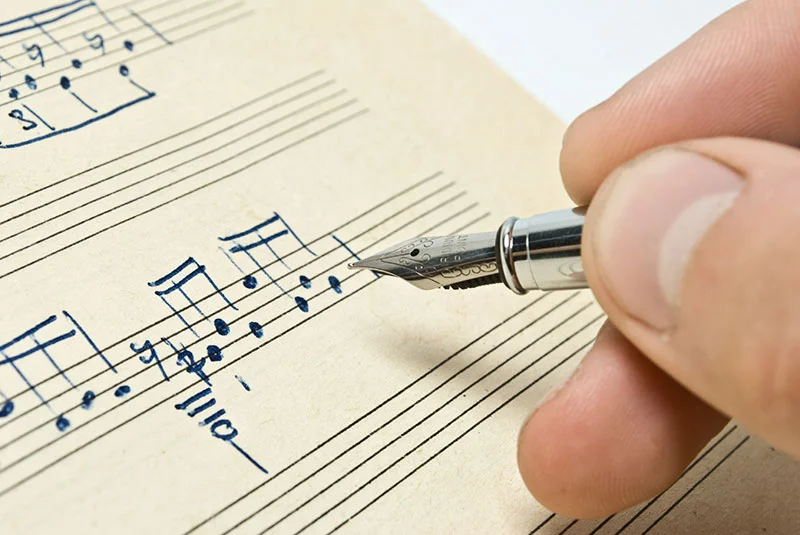Composer to Center Stage Reading Session
June 9, 2015 at 7:30PM // EMPAC
David Alan Miller, Conductor
Discover the next generation of your composers as Kai-Young Chan, Matthew Browne, and Liliya Ugay, three of the best young composers, have new works read for the first time by David Alan Miller and the entire Albany Symphony.
As part of the Composer To Center Stage Reading Session, David Alan Miller and the orchestra will spend 40 minutes rehearsing, then reading through each of the three composers pieces. At the end of the evening, the audience is invited onstage for a fascinating discussion about each piece, while the composers receive valuable feedback from some of the biggest names in orchestral music today.
2016 Composer To Center Stage National Winners
Kai-Young Chan Seeking, Searching
Seeking, Searching is inspired by the lyric poem Sheng Sheng Man by Song Dynasty Chinese poet Li Ching-Chao (1084–1155). The melodic materials are crafted in way so that the lyrics could be sung with Cantonese, a Chinese language with much resemblance to the language of the time during which the poem was composed.
The music unfolds rhapsodically and follows the form of the poem, with two main sections. The opening motif is reiterated in changing harmonic and textural contexts as a binding force. The emotional charge is gradually built up and released according to the text and paintings of bird songs, rain, and flying remnant petals can be heard through the music, finally arriving at the most emotionally-intense section filled with chromaticism brought about by heterophonic counterpoint, typical in folk Chinese music, expressing the aching melancholy of the vain of searching for a lost loved one.
Seeking, Searching, Poem by Li Ching-Chao; Translation by the composer
Instrumentation & Timing: Approximately 8 minutes
1 piccolo, 1 flute, 2 oboes, 2 clarinets in B-flat, 2 bassoons, 4 horns, 2 trumpets, 2 trombones, 1 bass trombone, 1 tuba, timpani, percussion (triangle, crotales, glockenspiel, vibraphone, tubular bells, bass drum), piano, harp, strings
Matthew Browne: Farthest South
This piece is one of a planned series of tone poems titled Cabinet of Curiosities, inspired by fantastical tales of curious natural specimens, archeological artifacts, and unique artworks that may or may not have any basis in reality.
The term farthest south refers to the most southerly latitudes reached by explorers during the so-called “Heroic Age” of Antarctic Exploration prior to the conquest of the South Pole in 1911. Ernest Shackleton’s “Nimrod Expedition” of 1907-09 reached a latitude of 88° 23' S. This was, by far, the farthest south reached at that time. What is largely unknown about this expedition, however, is the unusual encounter made by Shackleton and his company. While traversing atop Beardmore Glacier, a monumental discovery by the Nimrod Expedition (which sits at approximately 83° S, farthest south at that time), they came into view of an awesome sight; an expansive and glorious field of curious glass structures, between four and fifteen feet in height. They were immaculate, crystalline, impeccably smooth, and laid out with meticulous and symmetrical coordination, reminiscent of the quiet solemnity of a cemetery. When the sunlight rose above the surrounding mountain ranges and hit these fantastic monuments, a brilliant diffusive gleam of light filled the glacial valley, and illuminated everything it touched with the brightest white light imaginable. Even more curious is that the arduous Antarctic weather seemed to have no erosive effect on the cleanliness of these structures, and that analysis shows that they have been sitting like this, unblemished, for the past 4,000 years. It is still unknown who built or arranged them.
It seems that a change is needed in the farthest south record book.
Farthest South Instrumentation & Timing Approximately: 8 minutes
1 piccolo, 2 flutes, 2 oboes, 1 English horn, 3 clarinets in Bb (3rd doubling bass clarinet), 2 bassons, 1 contrabassoon, 4 horns in F, 3 trumpets in C, 2 trombones, 1 bass trombone, 1 tuba, timpani, percussion (marimba, crotales, glass wind chimes, cymbal, tam-tam, vibraphone, bass drum), harp, celesta, strings
Liliya Ugay: Oblivion
It has been almost six years since I left my home (in Uzbekistan) for the life full of professional opportunities in the United States. It has been already almost four years since the last time I visited home. In Fall of 2015 I learnt that my next visit home is currently impossible to foresee because of big risk of not being able to return to the U.S., since my country’s laws has recently changed. This situation adds towards my feelings of the desperate longing and nostalgia towards certain people, places and memories, which sometimes evokes in me such painful sentiments that I often have to suppress them. In my Oblivion I “take the road back in time” until it brings me to the dearest memory, thinking of which I cannot bear and, therefore, attempt to destroy. This memory resembles as the only “true melody” in this piece (unlike the themes that were derived as a result of pitch permutations), which appears in prominent flute solo near the last section of the piece; the melody is a fragment from the solo flute piece I composed long time ago as a child. Everything that precedes it contributes to the idea of the approaching, the imminence, which I expressed through applying different compositional techniques on the same four-pitch motive. This creates a kaleidoscope of various small musical ideas, which I use for shaping my piece into the musical narrative to provoke a strong emotional response from the listener.
Oblivion Instrumentation and Timing: Approximately 10 minutes
2 flutes (2nd doubling piccolo), 2 oboes, 2 clarinets in B-flat (2nd doubles on E-flat), 2 bassoons, 4 horns, 2 trumpets in B-flat, 2 trombones, 1 bass trombone, 1 tuba, timpani, percussion (tubular bells, maracas, cymbal, vibraphone, glockenspiel, bass drum, tam-tam), piano/celeste, harp, strings

